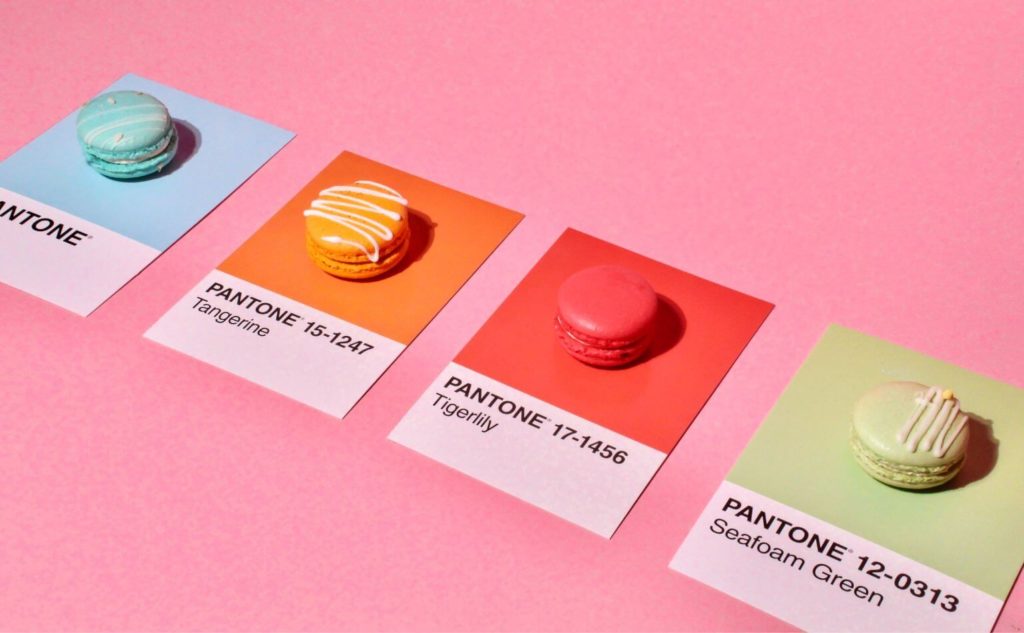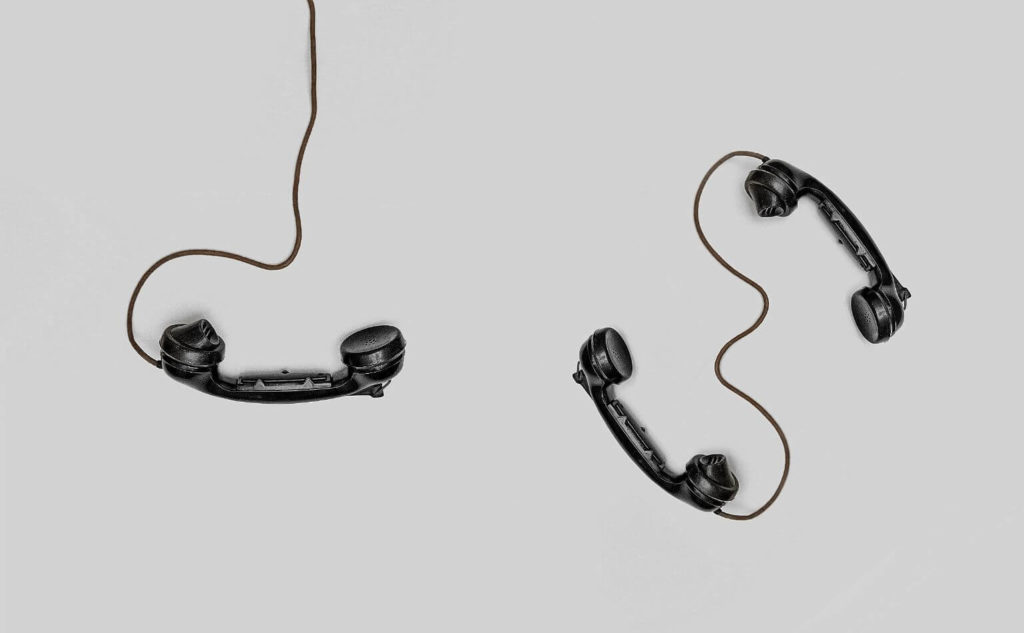Thinking about marketing methods in 2023 should go well beyond visual branding.
Focusing on only how a brand looks ignores a significant portion of human psychology and behaviour. Life is a sensory experience that employs a variety of sensorial triggers to make us conscious of our surroundings.
What if consumers could interact with a brand using all of their senses instead of simply seeing and reading? The term “sensory marketing” refers to this multisensory approach, including all the senses: touch, taste, sound, smell as well as sight.

In this post, we’ll go through the five senses, how sensory marketing uses them, and how you may take advantage of them in your own marketing and advertising strategy.
Marketing methods to try in 2023
Sensory marketing is the future
By appealing to each of the five senses and using numerous sensory cues, marketing methods may assist in gaining a customer’s attention and trust.
Finding innovative ways to appeal to clients’ needs and wants while leaving a lasting impression requires the use of distinctive marketing techniques that may prompt sensory responses. This is known as sensory marketing.
People utilise a variety of senses to decide the goods and services they wish to purchase.
Humans use a lot more clues than only their visual sense while making judgments. Taste, touch, smell, and sound are all examples of sensory perception, and they all have a significant impact on how we feel about a brand.
In actuality, the sensory component of what you do may influence your brand personality and identity just as much as your price, service, or any other component.
Brand love at first sight
Visual marketing has been around for hundreds of years.
Since then, advertising has taken on numerous visual forms, but the approach has remained consistent. By displaying a picture of a product or service and emphasising the advantages, you help your audience comprehend what you have to offer.
Visual marketing is now divided into several segments. There is a whole art and science to convince people to buy.
Here are the most familiar ways that businesses incorporate enticing visuals into their sensory marketing methods:
Colours
Colour schemes have diverse effects on different individuals and offer a brand a distinct appearance and feel.
For example, the colour red represents passion and emotion, but the colour green is the ultimate colour of nature. Every hue evokes different sensations and emotions. The more you understand them, the more probable it is that you will select the ideal ones to appeal to your clients.
Get in-depth insights on how colour encourages purchase behaviour.

Using visuals in advertising is a terrific technique to get people’s attention immediately.
Photographs of humans in advertising appeal to our human interest in others. When we witness other individuals doing something, we are more likely to do it ourselves.
Some businesses also include locations or items in their photographs. Both can serve to offer a larger image of a brand and pique the viewer’s attention.
Moving visuals
Moving images and video marketing are the next generation of visuals. Visual marketing was first introduced through television. With the rise of web-based video over the last 25 years, video marketing has become extremely popular. Have you heard of Tik Tok’s success?
A study by Hubspot found that 36% of consumers want to learn more about products through short-form videos such as TikToks or Reels. Moreover, 52% of TikTok users in the U.S. said the platform’s advertisements were fun and engaging.
Text, graphics and lighting are all other parts of visual sensory marketing methods, and can have a considerable impact on a consumer’s idea of a brand.
Sound marketing is louder than ever (Are you listening?)
Audio marketing has been around for over a century, and smart speakers now provide new opportunities for advertising and promotion.
Auditory marketing is now used in practically all marketing initiatives on television, radio, podcasts, and internet commercials.
Here are the most common audio marketing methods used by businesses in sensory marketing.
Voice-overs
Since the 1920s, when radio advertising became popular, voice-overs have been used to promote and persuade.
A voice-over is when someone reads a prepared advertisement designed to elicit a response from the audience. Frequently, the products and services, as well as their qualities and benefits, are explained. Interested in learning more about this fascinating type of audio marketing method? Browse our range of voice-over artists here.

Sound effects
Using sound effects in advertisements, similar to movies, has helped to intensify the drama that is part of a commercial. Some companies employ sound effects to advertise themselves – think of it as a sound logo. Netflix’s iconic “ta-dum” is a great example of how a sound can become synonymous with a brand.
Telephone on-hold music and branding
The most popular method for contacting customer care is still the phone and the likelihood of being placed on hold at least once during a customer call is high. That is a great opportunity for businesses to engage loyal and potential customers by using telephone on-hold branding and music.
Read more about telephone on-hold marketing. Are you ready to begin your telephone marketing journey? Transform your telephonic communications with our revolutionary offerings.
Other auditory marketing methods include mood music, after-hours answering services and IVR voice prompts.

Show off your brand’s personality through scent
It might seem strange to think of a sense of smell as being useful in marketing. However, in humans, this sense is the most direct link to the brain. A particular smell can trigger memories and affect impulsive decision-making.
While not a lot of brands have managed to incorporate scents into marketing, if done correctly it can spur a whole new marketing method.
Scents play an important role in sensory marketing. Here are some unique ways companies use scents.
Fragrances
A popular method of advertising fragrances has always been sampling in magazines, and some stores use unique scents to attract customers. With S.O.H fragrances, you can create unforgettable experiences with lasting impressions that are uniquely yours. You can also customise a bespoke fragrance to match your brand’s desired ambience, atmosphere and perception.
Our revolutionary cold air micro-mist diffusers are programmable and leave no residue or stains in your environment. Find a diffusing system for your specific smell marketing needs, whether it is a superstore, hotel lobby, movie theatre, leisure club, or retail store.
Food scents
A bakery’s enticing aroma of fresh bread or the smell of freshly brewed coffee enticing is a common scent that draws in customers. Some eateries prepare their strongest-smelling foods during the busiest hours of the day when a lot of people are passing by, hoping to attract hungry passersby.
But there are other ways scents can be used in restaurant or dining experiences.
Take a peek at the revolutionary ways restaurants are using scent marketing to attract diners.
Feel the brand connection through touch and experience
While it may seem unusual to think of touch as a marketing method, it works effectively in some cases to increase a brand’s appeal.
Some items need trial use before purchase. Phones and vehicles are two examples of this. Both normally need a hands-on test drive before a consumer decides to purchase. Touching and interacting with various items is a crucial stage in the purchasing process.
Businesses use touch in their sensory marketing strategies in a variety of ways.

Comfort
Some products’ comfort can sell itself. Allowing customers to sit on and feel the furniture before purchasing is essential.
A clothing retailer will often have the same setup so that customers can see and feel a garment before making a purchase.
Printed collateral
Perception is everything in marketing. The feel and appearance of thank-you notes, brochures, and business cards can convey a sense of quality or exclusivity.
Thick cardboard conveys a sense of quality.
After a customer has visited, thank you notes and brochures are excellent methods to leave an impression.
While printed materials are more expensive than digital equivalents, the tactile feel gives certain businesses an advantage.
Explore the visceral sense of taste
Taste is a method of appealing to people’s innate impulses to eat and drink. It is closely related to the sense of smell and may be greatly influenced by other senses as well.
Food samples are used by certain firms to attract customers to purchase more. This strategy is widespread in supermarkets.
Here are some examples of how businesses employ flavour in sensory marketing.
Samples
Food and beverage samples are the most popular kind of taste marketing. These are often seen at supermarkets and liquor stores. When a consumer tastes something for the first time, they are more likely to feel a connection to it.
New flavours
Another strategy used to reach out to new customers is the introduction of new tastes. If one product is doing well, expanding the category to provide multiple flavour variations might be an excellent strategy.

Combining the Senses
While visual and audio are the most popular sensory techniques employed in modern marketing, it’s a good idea to consider the full sensory experience of your customers. Using sensory marketing is an excellent approach to innovate in your sector and differentiate yourself from the competition.
It will widen your reach and perhaps increase the number of people talking about and purchasing from your business.
Want to find out more about multisensory marketing from experts in the field? Step inside S.O.H Group’s world. Contact us today to see how we can help ignite your potential.